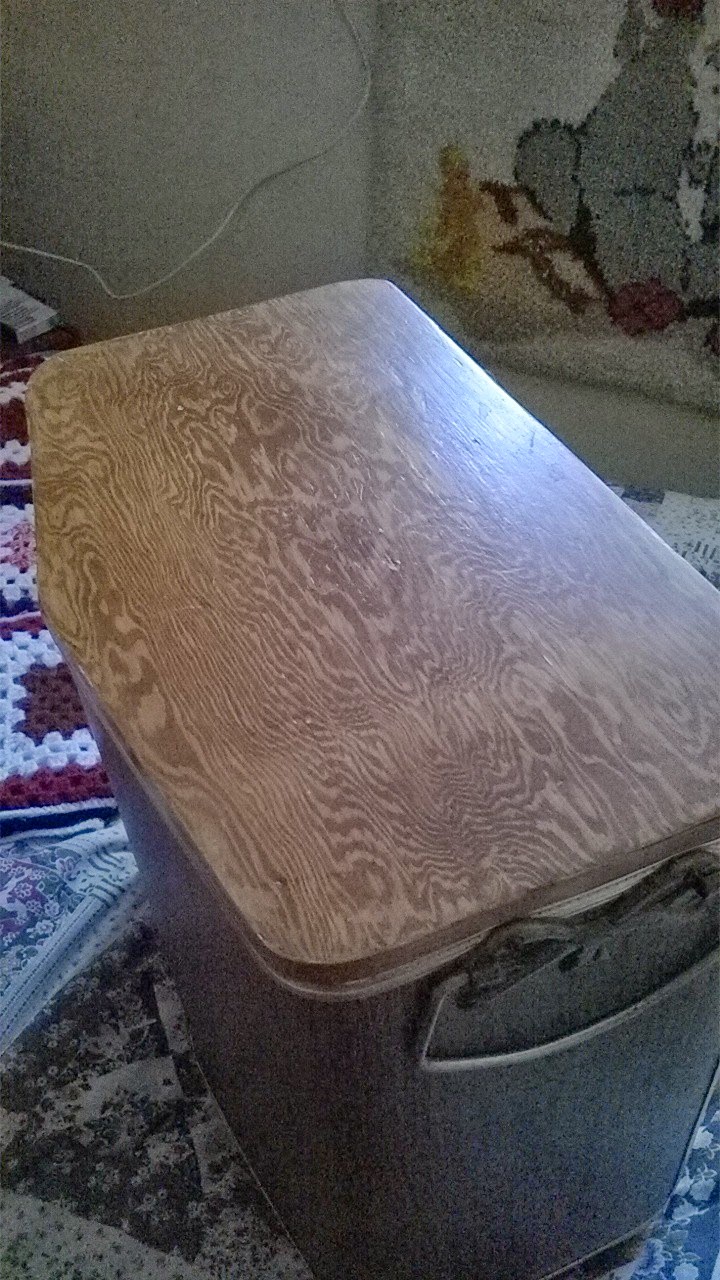My friend Ron occasionally looks around my shop and on one of his recent visits he labeled me a "wood Junkie". I do have a quite a bit of wood in my wood rack, and behind the house and in the garage and in piles about the shop. Lately I have collected green wood from fallen trees that will be used for turning projects once it dries.
As a thrifty wood worker I am always on the look out for free sources of material for my shop. Lately there are sites that talk about projects that use pallet/skid wood. That wood is usually available for free on construction sites and around factories. There are at least three that I can think of that put the skids out near the road and encourage people to take them away.
There is another source of wood that you might not think about as you are driving around. It is not uncommon for people to put old furniture out for garbage day pickup, or put furniture out with a sign "free". Older furniture often has drawers made from pine or poplar covered by veneer. As a younger and naive wood worker I used to think I was picking up a walnut dresser, only to discover that the walnut was very thin. Newer furniture is sometimes made from birch strips edge glued, not pretty but solid. I've found enough worth while wood that I keep stopping to check, after all if the wood is crap I don't have to take it.

Here are five drawers that I picked up on the side of the road yesterday. These drawers have hard wood fronts and sides with quality 3/8 plywood backs. The thing that really attracted my attention was the bottoms of the drawers. All five drawers had the 1/8 in plywood floor in good shape. I use the thin plywood for bottoms in boxes and totes. Since the thin plywood is consumed in small projects it doesn't matter if the pieces don't start out door sized. Since the bottoms are nearly always stained, painted or covered somehow it doesn't matter if it is new wood. The hardwood fronts have holes drilled for hardware but will still be fine for making jigs and other shop fixtures.
When the knobs are removed and the pieces broken down I have five sheets of thin plywood and an assortment of 1/2 inch and 3/8 inch pieces of wood. I will eventually turn most of this wood into small boxes and bins for tea, toys etc.
(box 6 sides, bin 5 sides.)
I have a bin filled with a broad selection of drawer pulls and other hardware that I have salvaged over time too. If you have been out looking to buy hardware lately you know how costly hardware can be and these pulls actually look fairly nice.
The tools that I use for salvaging wood are very basic but there are two that I wouldn't be without.
One is needle nose pliers, and the other are
Linesmen Pliers. The needle nose enable me to dig around and get hold of headless brads and staples and the linesmen pliers have the grip and the grunt to put them out, or cut the off. I try not to use the needle nosed pliers for cutting or prying, and so mine have lasted for years without the tips getting out of alignment.
cheers, ianw

















.jpg)

















